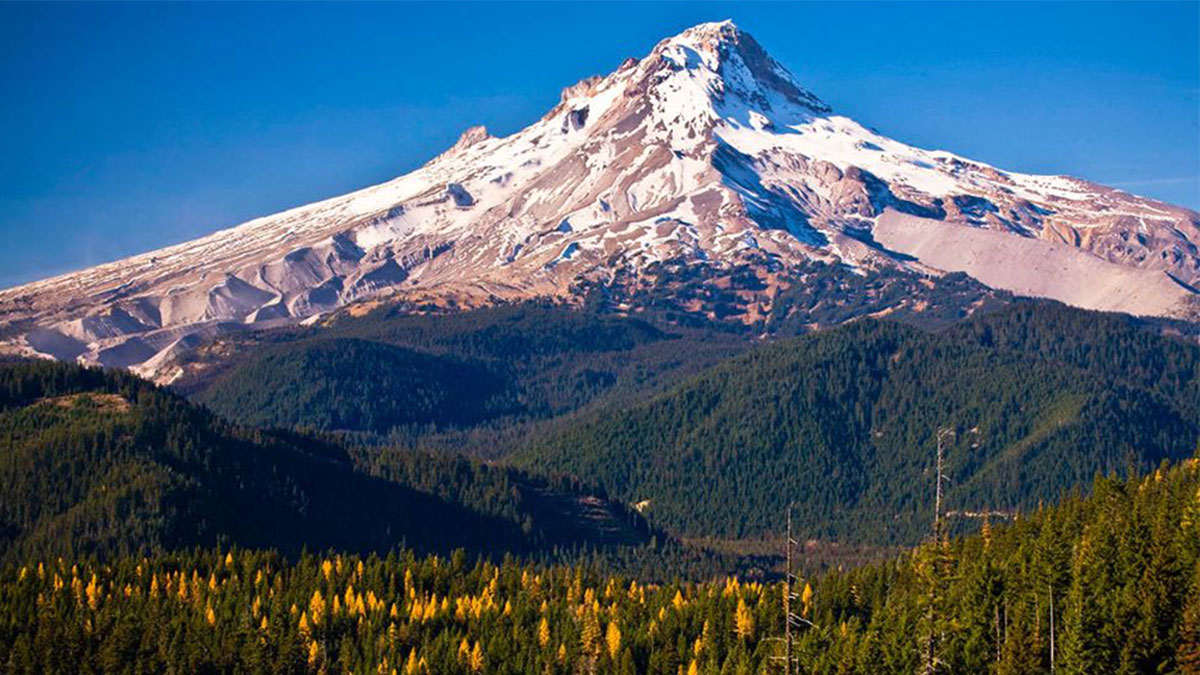Landscape scale restoration projects that benefit wildlife habitat and forest health received $41 million in vital funding form the U.S. Department of Agriculture through the Joint Chiefs’ Landscape Restoration Partnership. Among the collaborative projects are four in Nebraska, North Dakota, Oregon and Virginia, supported by funding from the Rocky Mountain Elk Foundation.
“This partnership has a strong history of accomplishing critical management work across boundaries,” said U.S. Forest Service Chief Vicki Christiansen. “The collaborative approach exemplifies USDA’s shared stewardship model of working with our federal, state and local partners to springboard high-priority restoration work.”
The Forest Service and Natural Resources Conservation Service (NRCS) work hand-in-hand with agricultural producers, forest landowners and National Forest System lands to improve forest health using available Farm Bill conservation programs and other authorities.
“This partnership has become a catalyst for turning discussions about restoration among a variety of groups into on-the-ground implementation,” said NRCS Chief Matt Lohr. “The selected projects are scientifically strong and allow us to work seamlessly across public and private lands to deliver positive outcomes for wildlife, landowners and entire communities.”
The four RMEF-supported projects are listed below.
Nebraska – Nebraska Northwest Landscape Restoration II
Sioux and Dawes Counties, Nebraska / Nebraska National Forests and Grasslands
The Nebraska Northwest Landscape Restoration II project builds on the success of the phase I project by implementing additional restoration and hazardous fuels reduction projects across the remaining forested areas of the Pine Ridge Ranger District. Restoration activities on national forest and grasslands were developed through public scoping and include 6,500 acres of grassland management, including meadow enhancement and riparian buffers, and nearly 1,500 acres of wildlife habitat reforestation. Hazardous fuels reduction projects include approximately 25,000 of mechanical thinning, understory vegetation removal, and prescribed fire. Road improvements and streambank stabilization activities are intended to reduce erosion and protect water supplies.
North Dakota – North Dakota Badlands Restoration Project
Billings, Golden Valley, McKenzie, and Slope Counties / Little Missouri National Grassland
The North Dakota Badlands Restoration Project will manage native ponderosa pine stands and Rocky Mountain juniper stands using mechanical treatment over approximately 14,000 acres. The project objectives are: to reduce fuels and the threat of wildfire to communities, private property and oil and gas facilities; manage encroachment of juniper into adjacent woody draws and upland mixed grass prairie; and reduce the density of juniper within remaining juniper areas with the overall goal to increase the pace and scale of landscape restoration in the badlands of North Dakota. The project will help to provide conservation for the greater sage-grouse, in a portion of the only designated priority habitat in North Dakota, a nationally identified target species of the Working Lands for Wildlife (WLFW) NRCS partnership. For the greater sage-grouse, the loss and fragmentation of habitat is caused primarily by invading conifers, conversion to cropland or subdivision, and catastrophic wildfires.
Oregon – Central Wasco County All-Lands Project
Wasco County, Oregon / Mt. Hood National Forest
Located on the eastern slopes of the Cascade Mountains, the Central Wasco County All-Lands project was developed by the All-Lands Committee, an interagency subgroup of the Wasco County Forest Collaborative interested in advancing landscape-scale restoration. The project area encompasses approximately 27,573 acres of Forest Service-managed lands, 7,603 acres of State of Oregon Department of Fish and Wildlife land (White River Wildlife Area), and 12,564 acres of private lands. The primary objectives of the project are to improve landscape resilience to disease and disturbance and to restore ecological function in Oregon white oak habitats to improve conditions for associated plant and wildlife species, especially deer, elk, turkey, and western gray squirrel. Planned treatments will move forest stands towards more historic conditions by reducing stocking levels through thinning, mastication, and prescribed burning. This project incorporates high hazard, high risk communities as identified in the Wasco County Community Wildfire Protection Plan (CWPP).
Virginia – North Shenandoah Mountain Restoration Project
Rockingham County, Virginia & Pendleton County, West Virginia / George Washington and Jefferson National Forest
The North Shenandoah Mountain Restoration Project covers approximately 103,000 acres within the George Washington and Jefferson National Forest and includes 25,000 acres of private land. The unfragmented oak and pine forests of the project area are recognized as a hotspot for biodiversity in the Central Appalachian Mountains. The Department of Conservation and Recreation-Natural Heritage Division tracks 30 species of rare, threatened, and endangered species in the project area, including the federally listed rusty-patched bumblebee, Virginia big-eared bat, cow knob salamander, and the wood turtle. Developed through a large collaborative, the project would improve native habitats and resiliency of the region’s fire-adapted forests. Treatments include prescribed burns, fuel reductions, targeted tree thinning, replacing impassable culverts with fish passage structures, stabilizing stream banks, restoring yellow pine stands, controlling non-native invasive vegetation, and improving pollinator habitat. A key goal for the project is to improve water quality in the Dry River-Riven Rock and North River water systems.
Find more information here.
(Photo source: U.S. Forest Service)
